
Breast feeding
The world breast feeding week (WBW) was in the first week of august.
Yes my blog did not commemorate the event, simply because I realize that ground reality varies.
Most women today are aware of the need to nurse their child. But challenges are many. The woman could be working in the formal, or non-formal or home setting but she should be empowered to claim her and her baby’s right to be breast fed.
In 1993 WBW had a campaign on Mother-Friendly workplace initiative. There has been viable improvement achieved over the past 22 yrs. There are laws in place and there are women who are not satisfied with the law. There are also women who abuse the law.
The 1990 Innocenti Declaration recognized that breast feeding provides ideal nutrition for the infants and contributes to their health, growth and development. There is much that remains to be done despite 25yrs of hard work and the progress achieved.
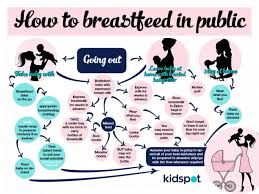
What WABA called for this year was
- Organized global action to support such that they combine breast feeding and work is it in the formal sector or non-formal sector at home.
- Maternity protection laws along the ILO Maternity protection convention.
- Inclusion of breastfeeding target indicators in the sustainable development goals.
What I would like to share is what some women did achieve and this is what was shared on the platform of SHEROES.IN, when women came up with their job challenges.
Let me start with Dr.Lathika (name changed to maintain her privacy) she was heading the department of Periodontology and was a nursing mother, first week after she returned to work post partum she would drive home nurse the kid and return. After which she just shifted the crib to her cabin. The child would there and she would excuse herself when she had to nurse him. When a staff nurse was in the similar situation she suggested that the nurse use either uses the nurses room, she then ensured that there was a duty staff room, like the students lounge where duty doctors could relax and many of the lady staff started leaving their kids in that room along with the baby sitter.
Mrs.Shashi Deshpande (name changed to ensure her privacy) taught in an engineering college. Post maternity leave, she would express milk into a feeding bottle and refrigerate it, and her mother would feed the child while she was away. Of course when she was at home she nursed the child herself.
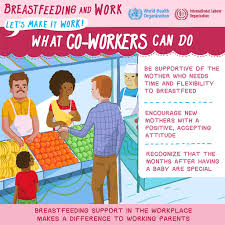
But the most interesting share came from the CEO of facebook, when she had to travel leaving a month old child was definitely not done, definitely for two months period. Colleagues suggested using fed-ex to transport expressed milk, various other suggestion each seemed more unviable than the other. She then came up with the simplest solution. She requested for a place within her workspace where she could leave the child with a sitter and take a break to feed. To her surprise the other person on her team was a single father with three months old kid, things worked fine.
At the end the end of the day generations of women have coped with work and nursing. We just need to tap that memory and rewrite it in contemporary context.
“Breastfeeding does not have to be hard. Breastfeeding is natural. With rare exceptions, it becomes hard only because of all the interference caused by the medicalization of birth and unsupportive culture. Animal’s breastfeed instinctively with no need for supplementation, classes, or support. We as humans also have these instincts. We have become so disconnected. Breastfeeding my children has been one of my greatest joys in life, and I am filled with sorrow when I imagine how many mothers and infants haven’t been able to experience this because of misinformation.”
― Adrienne Carmack, Reclaiming My Birth Rights


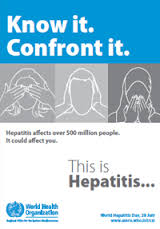
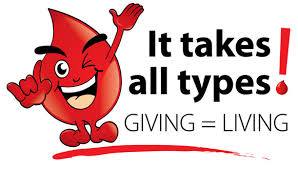



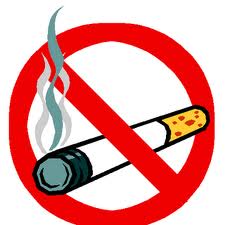
You must be logged in to post a comment.